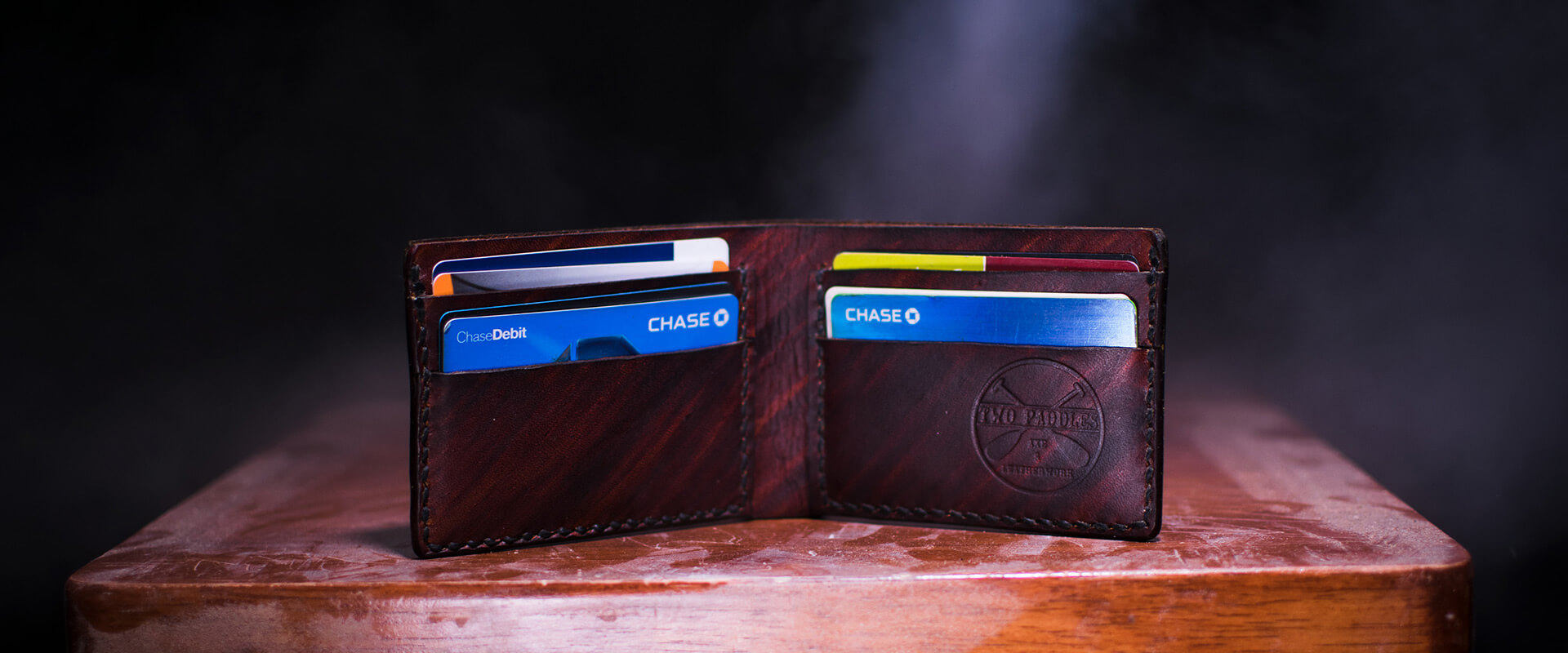
Credit Card Fraud: Protecting Yourself
Credit card fraud and identity theft are growing concerns in today's digital age. With so much of our financial information online and accessible through various digital platforms, criminals have become more sophisticated in their methods of obtaining sensitive information. In this article, we'll discuss common types of credit card fraud, how they impact consumers – and most importantly – how you can protect yourself from falling victim to these schemes.
Types of Credit Card Fraud
Credit card fraud comes in many forms, but the main types can be broken down into several categories:
1. Lost or Stolen Cards
If someone physically steals your credit card or finds one that you lost, they can use it for fraudulent purchases until you report it.
2. Card-Not-Present Fraud (CNP)
This type of fraud occurs when the physical card is not required for a transaction, such as online purchases, which makes it easier for criminals to exploit stolen card numbers.
3. Counterfeit Cards
“Skimmers” and other devices can copy the information on the magnetic strip of a credit card, allowing criminals to clone your card and make unauthorized purchases.
4. Phishing and Smishing
Fraudsters may send you fake emails (phishing) or text messages (smishing) that appear to be from legitimate companies, encouraging you to enter your credit card or personal details on a malicious site.
5. Account Takeover
In this type of fraud, criminals gain access to your credit card account, often by stealing login credentials. They can change account settings, make purchases, or open new lines of credit in your name.
6. Identity Theft
This occurs when someone steals your personal information, such as your Social Security number, birthdate, or address, to open new credit card accounts, apply for loans, or conduct other fraudulent financial activities.
Signs of Credit Card Fraud
It is crucial to monitor your credit card activity regularly. Here are some warning signs that might indicate you've been a victim of fraud:
1. Unauthorized Charges
If you see any unfamiliar charges on your statement, even small ones, contact your credit card issuer immediately.
2. Unexpected Denials
If your card is declined unexpectedly, it could be a sign that someone has maxed out your card or tampered with your account.
3. Missing Bills or Statements
If your card bill doesn't arrive, a fraudster may have changed your account address to avoid detection.
4. Unexplained Account Changes
Any unexpected changes to your account, such as email or address changes, should raise red flags.
How to Protect Yourself from Credit Card Fraud and Identity Theft
The good news is that you can take several proactive steps to protect yourself from credit card fraud and identity theft. Here’s how:
1. Monitor Your Accounts Regularly
Regularly reviewing your credit card and bank account statements is one of the simplest ways to catch fraud early. Set up account alerts so that your bank or card issuer notifies you via text or email about any large or unusual transactions.
2. Use Secure Websites
When shopping online, ensure the website URL begins with "https://" and has a small padlock icon in the address bar. This means that the site uses encryption to protect your information. Avoid entering credit card information on websites that do not have these security features.
3. Enable Two-Factor Authentication (2FA)
For your credit card and online banking accounts, enable two-factor authentication. This requires a second form of identification, such as a code sent to your phone, before you can access your account. 2FA adds an extra layer of security to your accounts. You can get Google Authenticator from the Google App store. We recommend it.
4. Avoid Public Wi-Fi
When shopping or banking online, avoid using public Wi-Fi networks. These networks are often less secure, making it easier for hackers to intercept your data. If you must use public Wi-Fi, use a virtual private network (VPN) to encrypt your connection.
5. Be Wary of Phishing Attempts
Phishing scams are designed to trick you into providing personal information. Never click on suspicious links in emails or text messages. If an email looks like it’s from your credit card issuer but asks for sensitive information, contact the company directly to verify its authenticity.
6. Use Credit Over Debit
Credit cards typically offer better fraud protection than debit cards. When you use a credit card, the issuer’s money is on the line, not your own. Federal law limits your liability for unauthorized charges to $50, and many credit card companies – like Chase, American Express, and Citibank– offer zero-liability protection.
7. Freeze Your Credit When Not in Use
If you don’t need access to credit, consider freezing your credit with the major credit bureaus. A credit freeze prevents new accounts from being opened in your name, making it much more difficult for criminals to open fraudulent accounts.
8. Shred Sensitive Documents
Anything with your credit card number, Social Security number, or personal information should be shredded before disposal. Identity thieves often sift through trash to find documents with personal details they can use to commit fraud.
9. Create Strong Passwords
Your online credit card and banking accounts should have strong, unique passwords. Use a combination of letters, numbers, and special characters, and avoid using easily guessed information like your birthday or pet’s name. Consider using a password manager to store complex passwords securely. A good place to check out is Last Pass.
10. Report Lost or Stolen Cards Immediately
If you lose your credit card or suspect it has been stolen, report it to your card issuer immediately. The sooner you report it, the less chance there is for unauthorized transactions to occur. Most issuers can cancel your card and send you a replacement quickly – sometimes via FedEx overnight.
What to Do If You Become a Victim of Credit Card Fraud
If you discover unauthorized charges or believe your identity has been stolen, take these steps immediately:
1. Notify Your Credit Card Issuer
This is a no-brainer. Report the fraudulent activity to your credit card company right away. They’ll cancel your card, issue a new one, and investigate the charges.
2. Place a Fraud Alert
Contact one of the three major credit bureaus – Experian, Equifax, or TransUnion – and ask them to place a fraud alert on your credit report. This makes it harder for identity thieves to open new accounts in your name.
3. Review Your Credit Reports
Obtain a free copy of your credit report and review it for any unfamiliar accounts or inquiries. You are entitled to a free report from each bureau once a year at AnnualCreditReport.com.
4. File a Police Report
A lot of people neglect to do this right away, but if your identity has been stolen, file a report with your local law enforcement. This provides official documentation of the crime, which can help when disputing fraudulent charges.
5. Report to the Federal Trade Commission (FTC)
You can also report identity theft to the FTC at IdentityTheft.gov The FTC provides resources to help you recover from identity theft and create a personal recovery plan.
Bottom Line: Stay Safe and Alert!
Credit card fraud and identity theft can have devastating effects on your financial well-being. By staying vigilant, practicing safe online habits, and taking advantage of the security features offered by credit card companies, you can reduce your risk of becoming a victim. Remember to act quickly if you suspect fraud—timely action can help minimize the damage and protect your financial future.

